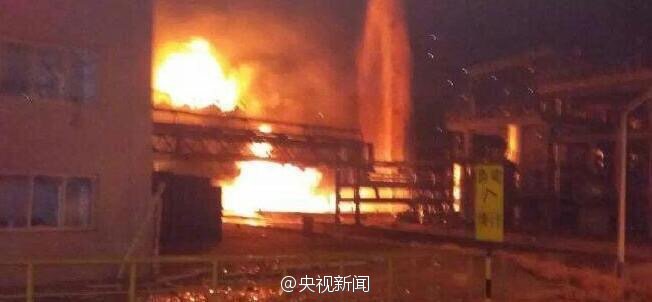Chinese miners are facing difficulties in selling coal into the international market, due to reputation crisis, government intervention and the 3% export tariff, said Huang Teng, a coal expert with Beijing LT Consulting Co., Ltd. during the third Global Thermal Coal Resource & Market Summit.
China’s coal exports started in 1978 and boomed in the following decades, with export volume peaking at 94 million tonnes in 2003, ranking second in the world after Australia.
Since the late half of 2003, China’s coal exports started to plunge to meet growing domestic demand on the back of rapid economic growth. Coal exports dropped to 8 million tonnes per year or less.
Customs data showed China exported 4.54 million tonnes of coal in the first ten months of the year, falling 6.5% on year but up 12.9% on month. Total exports in 2014 stood at 5.74 million tonnes, down 23.5% on year.
However, oversupply has getting increasingly serious in China’s domestic market since 2012, due to the expansion of mine capacities vis-à-vis a slowdown of domestic economy and increased supply of alternative energy sources.
Domestic producers had to resort to export to relieve sales pressure. In fact, the demand from international market does exist, according to Huang.
Data showed China’s neighbors have a total 650 million tonnes of coal demand each year, with India, Japan and South Korea at 200 million, 190 million and 130 million tonnes, respectively. Besides, Taiwan, Thailand and Malaysia also have a demand of 70 million, 20 million and 20 million tonnes each year, separately.
But Chinese miners still faced problems to sell coal to these potential buyers, Huang said.
First, Chinese coal producers need to reshape their reputations in the international market to win acceptance after their defaults in the past "Golden Decade" of the coal industry over 2003-2011, which is still impacting buyers’ enthusiasm.
Second, the Chinese government doesn’t encourage large-scale export of coking coal, due to the scarce resource. The export quota system, which only allows five companies to export coal at present, also greatly weakened the export enthusiasm.
Third, the country levies a 3% export tariff on coal, without returning the 17% VAT for producers, which added miners' financial burdens.
In addition, the export quality management system has been outdated after limited exports over the past 10 years, and has to be reestablished, Huang said.
Based on the above reasons, China’s coal export would be hard to increase extensively in the short run, let alone to help support domestic prices and save the beleaguered sector, Huang concluded.
Analysts said the reenter of Chinese coal into the international market would intensify global oversupply, resulting in a slump of global coal prices.
As thus, Chinese coastal consumers may import more, imposing more sales pressure on domestic producers.
http://en.sxcoal.com/0/135081/DataShow.html
People's Daily,China ✔@PDChina
